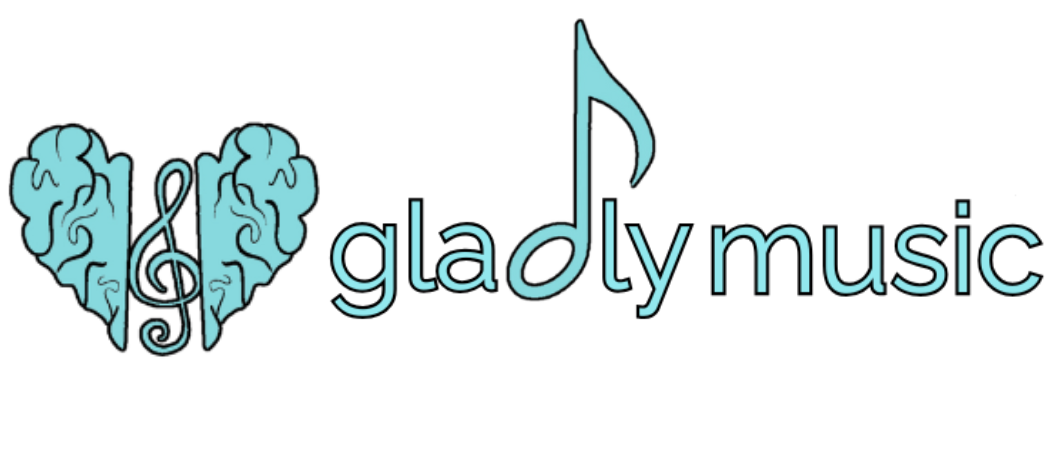my middle school orchestra teacher hid me behind the curtains
When I think back to middle school orchestra, one memory always stands out: being hidden behind the curtains during performances. It wasn’t a fun secret—it was a signal that I didn’t fit the mold.
The Pressure of Seating Placement
In middle school, I played violin in the school orchestra, and I still vividly remember the anxiety around seat placements. We had to audition by playing a snippet of the pieces we were working on, and our placements were decided from there. The “best” musicians went in the front, while the “worst” were pushed to the back. I wasn’t just in the back—I was so far back that I was literally hidden behind the curtains. It felt like a clear message that I wasn’t “good enough.” Every performance, I felt the weight of the conductor’s gaze, the audience’s expectations, and my own rising anxiety pressing down on me.
Nervousness and Messing Up
I would get so nervous during concerts and placement auditions that I would mess up even simple passages. My hands would shake, my bowing would falter, and I would overthink every note I played. I didn’t practice as much as I should have, not because I didn’t care, but because my ADHD—undiagnosed at the time—made focus and consistent practice a struggle.
Building a “Bad” Student Identity
Over time, I built an identity around being the “bad” student and the “bad” violinist. I believed I was inherently incapable of keeping up with my peers. Being hidden behind the curtains only reinforced this narrative: if I wasn’t visible, maybe my mistakes wouldn’t matter—but secretly, I felt ashamed.
How ADHD Played a Role
Looking back, I realize my challenges weren’t about laziness or lack of talent—they were about how ADHD affects focus, practice, and self-esteem. My struggles in orchestra were a symptom, not a reflection of my abilities.
Lessons I’ve Learned
Sharing this story now helps me reflect on growth:
Identity isn’t permanent: Just because I was labeled a “bad” student doesn’t define who I am today.
Understanding neurodiversity is key: Recognizing ADHD in myself has allowed me to develop strategies for focus, practice, and confidence.
Every musician has a unique journey: Some students thrive immediately, others take time—and that’s okay.
Moving Forward
I no longer hide behind the metaphorical curtains. As a musician, educator, and therapist, I use my experience to support neurodiverse learners who feel like they don’t belong. Every child—or adult—deserves the chance to play, shine, and embrace their abilities without shame.
